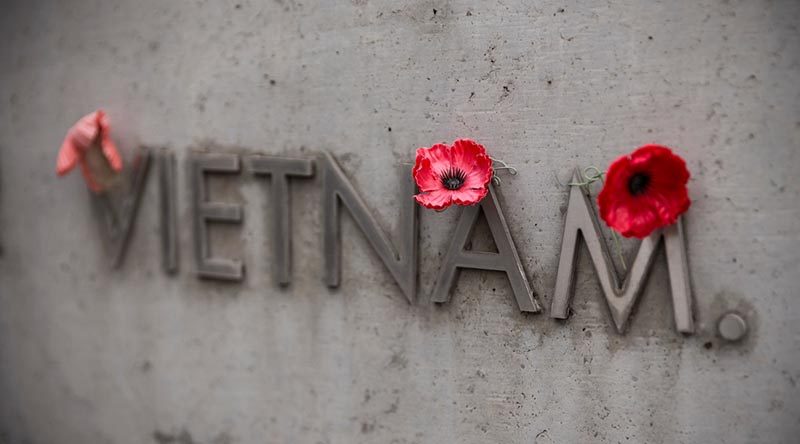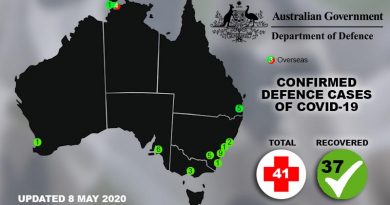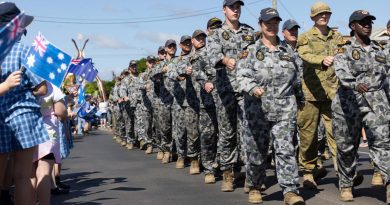National service for Op Hammersley 50th

A national service to commemorative the 50th Anniversary of Operation Hammersley will be held tomorrow, 18 February 2020.
FILE PHOTO: The Vietnam Memorial in Canberra. Photo by Laura Larking.
Starting at 10.30am on Tuesday at the Australian Vietnam Forces National Memorial on ANZAC Parade in Canberra, the service will be run on a first-in best-seated arrangement.
The service will be conducted outdoors with seating and temporary shelter provided.
Attendees are advised check weather forecasts and ensure they are appropriately prepared, including bringing bottled water and appropriate clothing.
Road closures will be in place on Anzac Parade for the service.
No public transport to the site will be provided and there is limited parking available in surrounding streets.
Wreath laying by invited official representatives will occur during the services.
Members of the public who wish to lay a wreath will have the opportunity to do so at the conclusion of the service.
Members of the public who are laying a wreath/tribute must supply their own and it is their responsibility to carry it with them, care for it and transport it to the service. There are no facilities or arrangements for storage or transport of personal wreaths at the service.
Registration to attend is not required.
.
Operation Hammersley was carried out in the Long Hai area of Phuoc Tuy Province from 10 February – 3 March 1970. The operation began when C Company, 8th Battalion, the Royal Australian Regiment (8RAR) and supporting elements that included a troop of tanks, a troop of personnel carriers, a number of combat engineer teams and a mortar section, were ordered to secure a quarry site at the foot of the Long Hai Hills.
The Long Hais had been the object of earlier operations and air raids but remained a strong enemy base known to the Viet Cong as the ‘Minh Dam Secret Zone’. As the Australians met with early success, Hammersley’s scope increased until most of 8RAR became involved. The early stages of fighting were characterised by infantry ambushes carried out by both sides. While the Australians had the support of armoured vehicles, they were at some disadvantage, facing an enemy able to make use of the shelter offered by the many caves running beneath the Long Hai hills. Hindered by the rugged terrain, the armour was in constant danger from land mines which caused casualties among the infantry, armoured personnel and engineers.
When it seemed that the Australians were in a position to drive the enemy from the area, they were ordered to withdraw to make way for a B-52 strike. The strike though accurate, caused few casualties among the enemy who had been made aware of the raid before it took place. A series of serious mine incidents in the final days of February caused heavy casualties among the Australians, leading some, including officers, to question the wisdom of returning to the Long Hais, especially when it seemed that US and Australian involvement in the war was winding down.
By early March there was growing acceptance that the Australian Task Force did not have the capability to eliminate the enemy in the Long Hais. Twelve Australians were killed and 59 wounded as a result of Operation Hammersley. The Viet Cong suffered at least 40 fatal casualties, with 25 more believed to have been wounded, although as was the case throughout the war in Vietnam, the number of enemy casualties was almost impossible to accurately determine.
.
.
.
.
.
.

.
.





